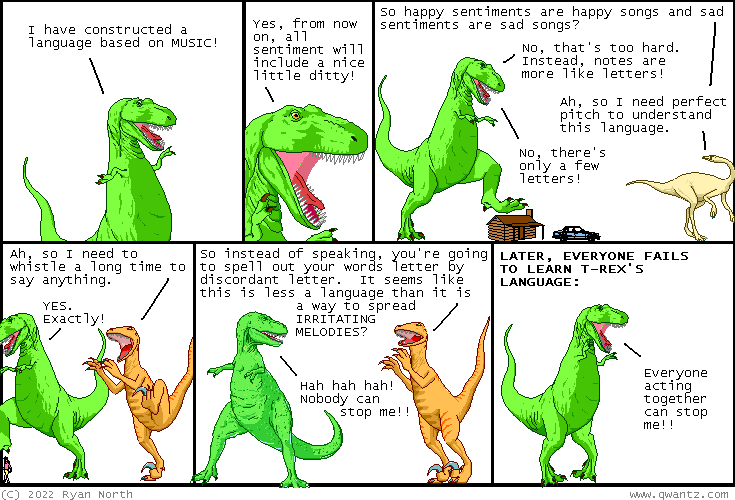The Great Translation Movement
Yesterday, in "Malign Woodpeckers and Other Hegemonic Behavior" (4/18/22), we became briefly acquainted with "The Great Translation Movement" (TGTM). Today we will probe more deeply into what it is all about. Suffice it for the moment to say that TGTM deeply unnerves the CCP. In addition to "Twisted in translation: Western media, social groups set up language barriers by intentionally misreading, misinterpreting Chinese materials", by Huang Lanlan and Lin Xiaoyi, Global Times (4/14/22), which was the main basis for yesterday's Language Log post and in which TGTM played a key role, TGTM was also featured in these recent Global Times (GT) articles:
"How China can counter translation bias", by Tang Jingtai, GT (4/12/22)
"GT Investigates: Behind the online translation campaign are a few Chinese-speaking badfaith actors fed by antagonistic Western media", by GT staff reporters, GT (3/24/22)
Here's a Global Times article in Chinese against TGTM where we learn that the Chinese name for it is "Dà fānyì yùndòng 大翻译运动" ("The Great Translation Movement").
Read the rest of this entry »




